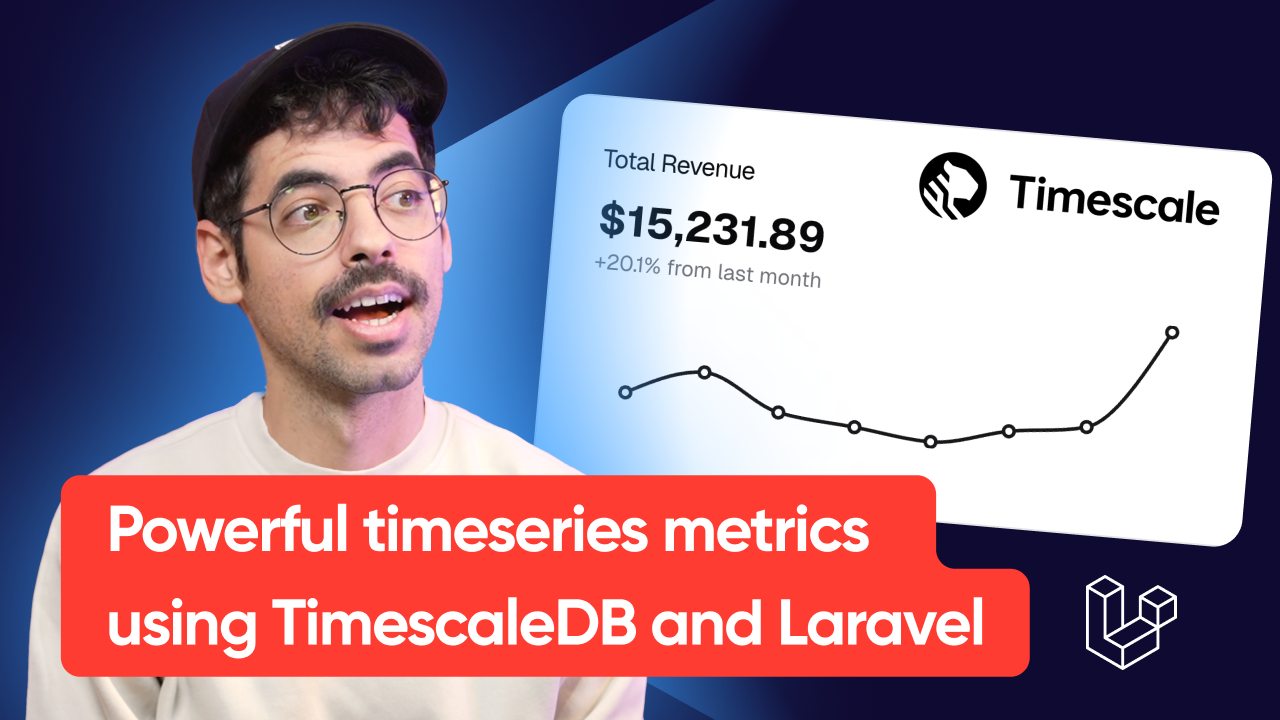Turn Your Data Into a Competitive Advantage—for You and Your Partners
Most companies sit on a goldmine of behavioral data—without realizing it. In this post, I show how sharing the right signals with partners can turn guesswork into growth and make your business impossible to replace.

Companies typically know their products inside and out, yet they often have little to no knowledge of what happens once their products are released into the wild (retailers, marketplaces, ...). They have unanswered questions like: Why do customers choose certain products? What are they looking for before they buy? Where are competitors doing better?
The only way to really bridge that gap is by using external data, your data. It can help them better understand customer behavior, anticipate market trends and make smarter strategic choices.
At Pakske / P'tit Colis we have experienced at first hand how our consumer-faced data could make all the difference for our partners.
Why your data matters to other companies
Most businesses focus on their own performance metrics, which makes perfect sense in a way. They can easily tell what sells and what doesn't, but there's also a lot of information that they don't know:
- Why are certain products gaining traction?
- What do customers look at before they make a purchase?
- When in their journey do customers buy their product or an alternative?
- Are there signs indicating upcoming trends?
- Is our product performing well compared to competitors?
When you provide your partners insights in your data, they might get a broader view of what's happening outside their own store or website. Any good strategist should then be able to make better decisions instead of guessing.

In a recent partnership we provided our partners insights on product-retention. This gives them insight in how many people initially add their product to their wishlist but afterwards remove it again. A low retention can signal issues like pricing concerns, mismatched expectations or a bad position compared to their competition. It helps them go beyond how often a product is selected - they start understanding where and why interest drops. This is something they could never figure out using their own sales data.
How businesses can actually use this data
Okay, our partners have answers but now what? Here are some clear examples of how they can apply your data insights into their decision making:
- Stock the right products at the right time.
- Run smarter marketing campaigns.
- Develop products people actually want.
- Price things more effectively.
- ... by now there probably are plenty of use-cases you can think of 😉
We've recently had one of our partner-retailers increase stock on a brand that just launched a new product. We saw the trend coming and informed them, that way they were able to anticipate increased sales.
Make the data easy to use
Please don't make the mistake of giving your partners too much data.
First of all, you probably don't want to do this because of privacy and user's consent.
Second, absolutely no one is waiting to dig through a 50-page report to find an answer to an obvious question like "How are we doing compared to our competitors?".
Keep your data simple:
- Show trends, not numbers
- Provide just enough context to get a good understanding
- Highlight possible actions they could take if there are any
- Keep your data anonymous and aggregated

This simple chart clearly shows that the campaign one of our partners started in January has had immediate effect on their market share in relevant categories. Which made them confident that this kind of campaigns are worth the expense. It's clean, simple, effective and easy to understand.
How you should use data to build stronger partnerships
Data isn't just a tool to make better decisions, it can help you make your partnerships stronger. As you probably understand by now, you can help your partners succeed, which can make them see you as an essential part of their strategy.
Some pointers:
- Make sure the data helps them make money - that what a business is after in the end
- Deliver data in a way that's easy to understand and act on
- Check in regularly to get your partner's feedback
My final thoughts
Businesses that know how to use data, not just collect it, gain a serious edge. They can see market shifts before competitors do, make smarter inventory decisions and fine-tune their pricing and marketing.
If you would like to discuss this topic further or exchange ideas, let's connect!
How do we handle this data?
My colleague Sabatino has a great post about the technical side of storing and optimizing our data for this business case. Check it out here:

